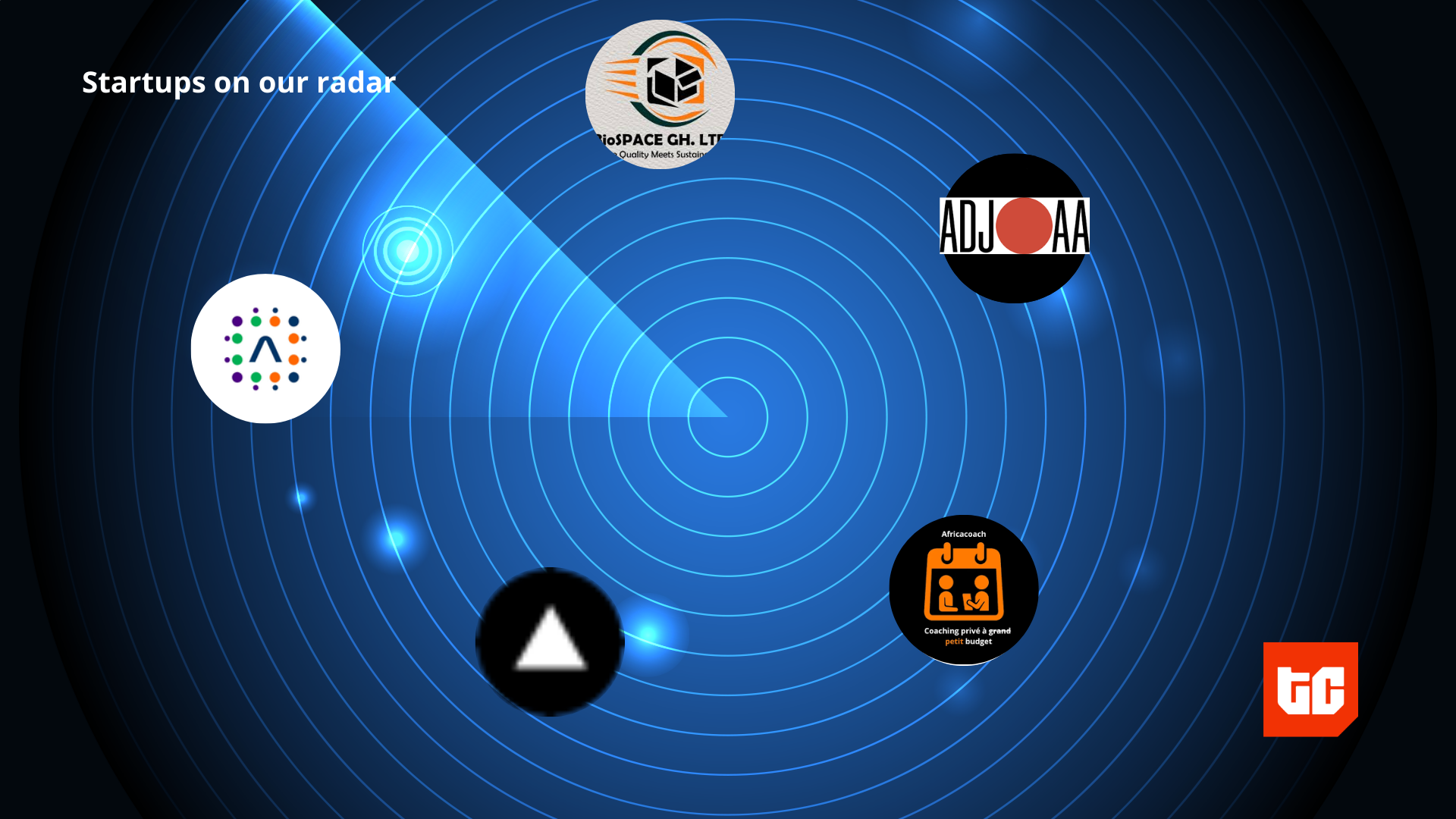Linux is often pitched as the “free” alternative to Windows or macOS. With Windows, you typically need a license key, whereas with macOS, the cost is integrated into Apple’s hardware. In both cases, there’s money involved somewhere. Linux, on the other hand, doesn’t require you to pay anything up front. You won’t need a license key, there are no forced subscriptions, and you will not get a prompt asking you to pay $30 for extended security updates (looking at you, Windows). On the surface, it feels like you’ve outsmarted the system by getting a full operating system at no cost.
That picture, however, is incomplete. Linux isn’t free in the way most people imagine. Once you dive into using it on the desktop, you quickly realize there’s another kind of cost. It doesn’t show up on your bank statement, but it does show up in your time and effort. I like to think of it as the DIY tax, and sometimes that price ends up being higher than what you’d spend on a Windows license or even the premium baked into a Mac.
Swipe your card at the compatibility tollbooth
Some hardware and software will fail you
Ask any seasoned Linux user about Broadcom Wi-Fi, and you’ll likely hear a sigh. Even today, many Broadcom chipsets aren’t fully plug-and-play, as some still require manual driver or firmware installations, and certain features, such as power saving, don’t always work properly. Newer chipsets bring their own headaches too; for instance, Intel’s B201 Wi-Fi 7 card has known issues on Linux, forcing some laptop owners to fall back to USB dongles just to stay online.
NVIDIA graphics support has significantly improved over the past few years. Its open kernel modules are now production-ready, and distributions like Ubuntu are confident enough to ship Wayland sessions by default, even with NVIDIA cards. But that does not mean all issues are gone. Driver regressions, flickering displays, or missing controls still show up after kernel updates.
Software is the other half of the bill. If your daily workflow depends on Adobe Creative Cloud, Avid Pro Tools, or SolidWorks, Linux may not be a suitable option. Adobe still doesn’t support Linux in 2025, and while Wine, Proton, or a Windows Virtual Machine might help, they bring overhead and missing features. That’s why you still hear of professionals giving Linux a serious six-month trial, only to switch back after spending more time debugging Photoshop in a VM than doing actual design. Meanwhile, powerful open-source alternatives you can run on Linux (GIMP, Krita, Blender, Inkscape, etc.) continue to close the gap. But they differ enough that there’s a real learning and migration cost, which, again, is another form of “tax.”
The double-edged sword of choice
Where yesterday’s fix is today’s bug
Linux’s biggest strength is choice. You get dozens of distributions, multiple desktop environments, and endless customization. That same choice, however, brings two major problems: fragmentation and fragility.
Fragmentation makes it hard to know if a tutorial you find actually applies to your setup. Commands written for Ubuntu might not work on Fedora. Arch or Manjaro users often rely on AUR (Arch User Repository) packages that can behave unpredictably after updates. Brand-new hardware can be even more frustrating. I came across a Reddit user who had just bought a laptop with an Intel Core Ultra processor and described the experience for Ubuntu as “terrible.” The trackpad, Bluetooth, microphone, and other basic features simply did not work, and the situation was so bad that they eventually gave up and switched to Windows. Stories like that are a big part of why I still hesitate to switch to Linux myself.
Fragility comes into play when it comes to updates. Rolling-release distributions, such as Arch or Manjaro, provide the latest software, but that freshness also increases the risk of something breaking. After an update, you may find that certain packages no longer work, dependencies go missing, or a driver regression introduces visible problems. Fixed or long-term support distributions, such as Ubuntu, take the opposite approach. Updates are more conservative to maintain system stability, but support for new hardware often arrives late. For example, Ubuntu 24.04.2 LTS had delays because its hardware enablement kernels needed patches and testing before release. Kernel 6.11 was only added in a later point release so that newer hardware could function properly.
In the end, you, as a desktop user, might face a dilemma. You can either run bleeding-edge software and risk breakage, or you can stick with the stable path and fall behind on hardware support. That makes it feel less like a choice and more like a gamble.
Paying in evenings and weekends
Time is money
Linux doesn’t ask for your money, but it does ask for your time. Every hour you spend hunting down a driver fix or untangling a regression is an hour you’re not gaming, editing, or simply relaxing.
That “DIY tax” feels manageable on servers or in the cloud, where automation and stable distributions distribute the workload. On the desktop, though, it lands directly on you. Windows and macOS are far from perfect, but once you’ve paid for them, you rarely think much about the operating system again. With Linux, the bill arrives each time your setup demands another evening or weekend of tinkering.
The DIY tax is real—but you can plan for it
If you are thinking about trying Linux, don’t let the so-called DIY tax scare you away. I’d say just plan for it. Buy hardware that has a strong reputation for Linux support; ThinkPads are still one of the safest choices. Pick a distribution that updates on a sensible schedule, such as Ubuntu LTS or Linux Mint. Also, always keep a recovery USB drive nearby, as you will need it at some point.
If your time matters more to you than your money, there is no shame in paying for Windows or macOS. Sometimes the smartest financial decision is to buy your way out of the headaches.









